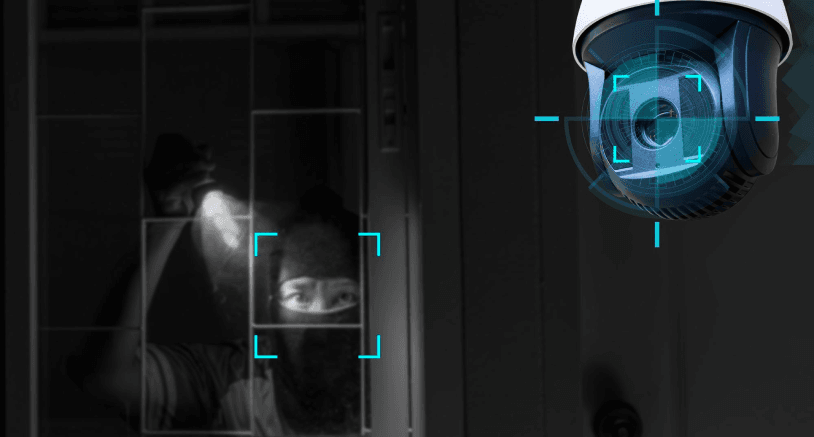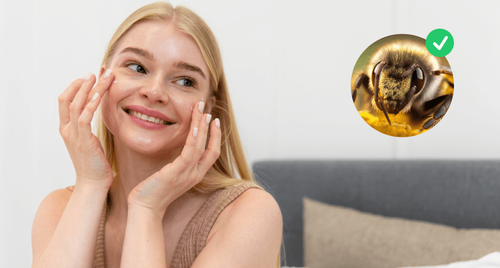
Smart Security: AI and IoT Are Transforming Security Cameras
With the integration of Artificial Intelligence (AI) and the Internet of Things (IoT), security cameras have become more than just passive observers: they have evolved into intelligent devices that can actively detect, analyze, and respond to security threats in real-time, as AI algorithms enable these cameras to identify and classify objects, recognize faces, and detect unusual or suspicious activities with remarkable accuracy.
Furthermore, the integration of IoT technology enables seamless connectivity and communication between multiple cameras and other smart devices, creating a comprehensive surveillance network that enhances overall security and situational awareness. For this reason, the following article will explore the advancements in AI and IoT technologies that have transformed security cameras, discussing their impact on the field of surveillance:
Harnessing the Power of Artificial Intelligence in Security Cameras
AI has empowered security cameras with advanced capabilities that were once only seen in science fiction movies. That’s the reason why, in this section, we will analyze how AI-equipped security cameras can now recognize and analyze objects, detect motion, and even identify faces and license plates with impressive accuracy through the use of machine learning algorithms:
The Role of IoT in Creating a Connected Security Ecosystem
IoT has played a pivotal role in transforming security cameras into interconnected devices within a broader network: by leveraging the power of the internet, security cameras can communicate and share data with other devices and systems, such as alarms, access control systems, and even smartphones. This interconnectedness allows for seamless integration and real-time monitoring, enabling users to have a comprehensive view of their security status and take immediate action when necessary.
Integrating Security Cameras: AI, IoT, and Smart Home Automation
As we can see, the convergence of AI, IoT, and smart home automation has opened up new possibilities for integrating security cameras into a broader ecosystem. For example, homeowners can now integrate their security cameras with other smart devices, such as smart door locks, motion sensors, and lighting systems. This integration enables automated actions and responses, such as turning on lights when motion is detected or unlocking doors when authorized individuals approach.
Cloud Storage and Remote Access
AI and IoT-enabled security cameras often come with cloud storage capabilities, allowing users to store their video footage securely in the cloud. This eliminates the need for physical storage devices and provides easy access to recorded videos from anywhere, at any time.
Enhancing Surveillance Capabilities with AI and IoT
The integration of AI and IoT in security cameras has brought about significant enhancements in surveillance capabilities: For example, AI-powered analytics can review vast amounts of video footage in real-time, automatically alerting users about suspicious activities or abnormal behavior. Meanwhile, IoT connectivity enables users to remotely access and control their security cameras through smartphone apps, so let’s take a closer look at these incredible features:
Advancements in Video Analytics and Object Recognition
One remarkable advancement in AI-enabled security cameras is their ability to perform complex video analytics and object recognition: through deep learning algorithms, these cameras can differentiate between humans, animals, and objects, reducing false alarms and improving the accuracy of security alerts. This level of precision is particularly valuable in crowded public spaces, retail environments, and high-security areas where quick and accurate threat detection is essential.
Intelligent Alerts and Proactive Security Measures
Thanks to AI and IoT, security cameras can now go beyond mere video recording: nowadays, they can analyze data in real-time and generate intelligent alerts based on predefined rules. For example, if an unauthorized person enters a restricted area, the camera can send an instant alert to security personnel, enabling them to respond swiftly. As a result, this proactive approach to security minimizes response time and enhances overall safety.
Advanced Biometric Authentication and Access Control
Some AI-enabled security cameras incorporate advanced biometric authentication features, such as facial recognition or fingerprint scanning. These cameras can be integrated into access control systems, providing a high level of security for restricted areas: by combining biometric data with video footage, businesses can enhance their access control measures and ensure that only authorized individuals are granted entry.
Smart Analytics for Business Insights
AI and IoT-enabled security cameras not only provide security benefits but also offer valuable business insights: with the ability to analyze customer traffic, behavior patterns, and demographics, businesses can gather data-driven insights to optimize their operations, improve customer experiences, and make informed decisions. These smart analytics capabilities can help retailers optimize store layouts, identify popular products, and detect customer trends, ultimately driving business growth.
As a conclusion, we can say that the integration of AI and IoT in security cameras has ushered in a new era of smart security: with enhanced surveillance capabilities, intelligent alerts, and seamless connectivity, these advanced systems empower businesses and homeowners to protect their assets and loved ones more effectively. As technology continues to evolve, we expect AI and IoT will keep on revolutionizing the world of security cameras, and creating a safer environment for all.



